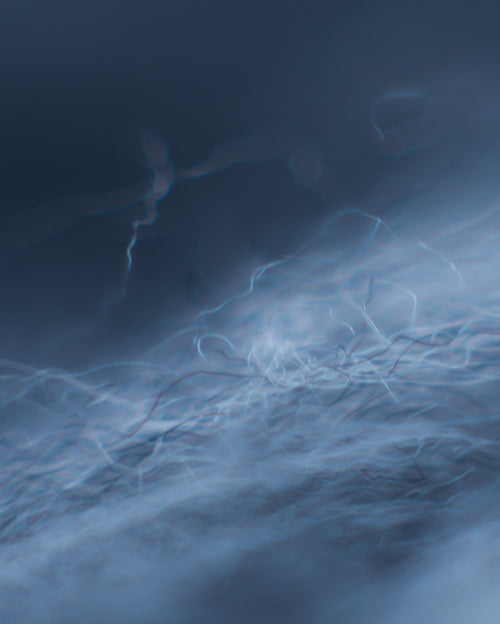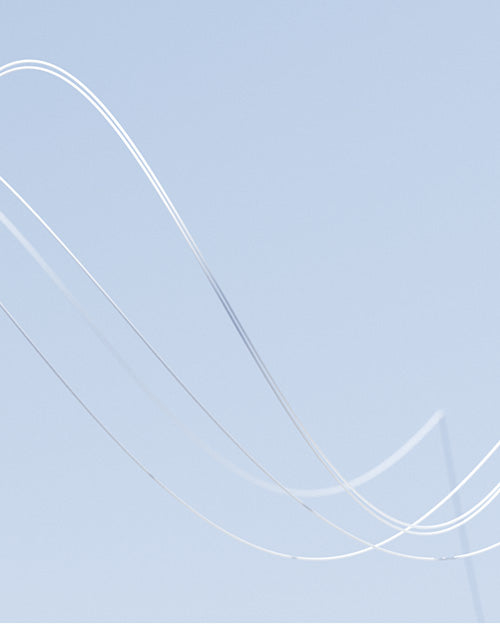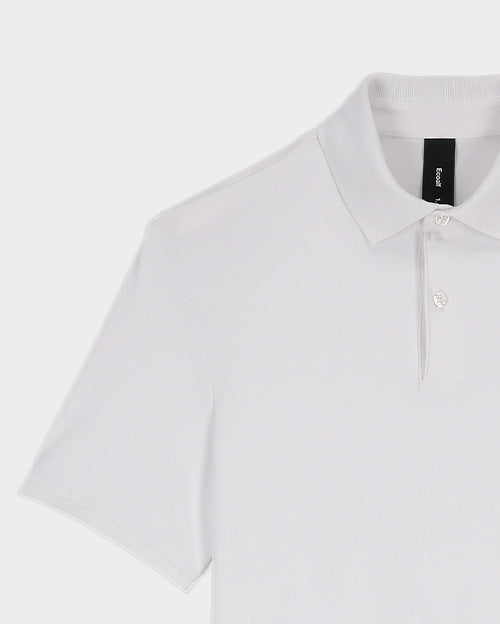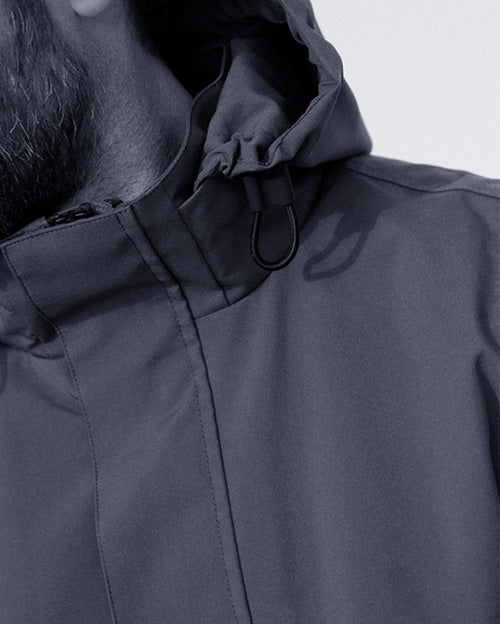OCEAN YARN & ZERO MICROPLASTICS
We have spent over a decade in R&D to develop over 500 recycled fabrics, and two of the most cutting-edge fabrics are our Ocean Yarn and the 0-Release yarn. For us, sustainability and innovation go hand in hand.
-

PROBLEM:
MICROPLASTICS
Microplastics are very small (generally less than 5 millimeters in size) plastic particles that can originate from a variety of sources, such as textile fibers, as well as from larger plastic products broken down by the effects of the sun, wind and ocean waves.
-

SOLUTION:
0-RELEASE YARN
The revolutionary Meryl® yarn is 50% recycled nylon and uses hydrogen bonds to seal in all microfibers and prevent microplastic pollution.
-

ADDED BENEFITS:
TOP-PERFORMING
The hydrogen process also provides technical properties: offering the perfect combination of tenacity and the best recovery, natural stretch, extra softness, and antiviral.
More than one-third of microplastics in the ocean come from synthetic clothing. Microfibers can come from both natural and synthetic materials, but only the microfibers that come from synthetic materials (plastics) are considered microplastics. Brands need to take into consideration both the design and manufacturing stages, always designing with the end in mind.
Our journey to 0 microplastics
Fleece yarn is one of the biggest culprits when it comes to microfiber and microplastic solutions. The fleece yarn is very weak because the fibers are very short and they come off easier than from other clothing items. Simply by wearing and washing fleece, thousands of plastic fibers are released into the environment. When we discovered this in 2015, we stopped producing our fleece jackets, even though they were our bestseller. Furthermore, we made sure to use long, continuous fibers which are stronger and more resistant to microfiber shedding. Now, after research and development, we have been able to develop a yarn that releases 0-microfilaments.
Why are microplastics a problem?
Plastics can take hundreds or thousands of years to decompose—and in the meantime, have a negative effect on the environment. On beaches, microplastics are visible as tiny multicolored plastic bits in sand. In the oceans, microplastic pollution is often consumed by marine animals. Microplastics have been detected in marine organisms from plankton to whales, in commercial seafood, and even in drinking water. Alarmingly, standard water treatment facilities cannot remove all traces of microplastics. To further complicate matters, microplastics in the ocean can bind with other harmful chemicals before being ingested by marine organisms. The impacts traveling up the food chain and sometimes making their way into the food we eat!
OUR OCEAN YARN IS MADE WITH RECYCLED PLASTIC BOTTLES COLLECTED FROM THE BOTTOM OF THE OCEAN
Through Ecoalf Foundation’s Upcycling the Oceans Project

Tica Jacket Man

Spoo Shopper Woman
82 BOTTLES
= ONE JACKET71 BOTTLES
= ONE BAG












